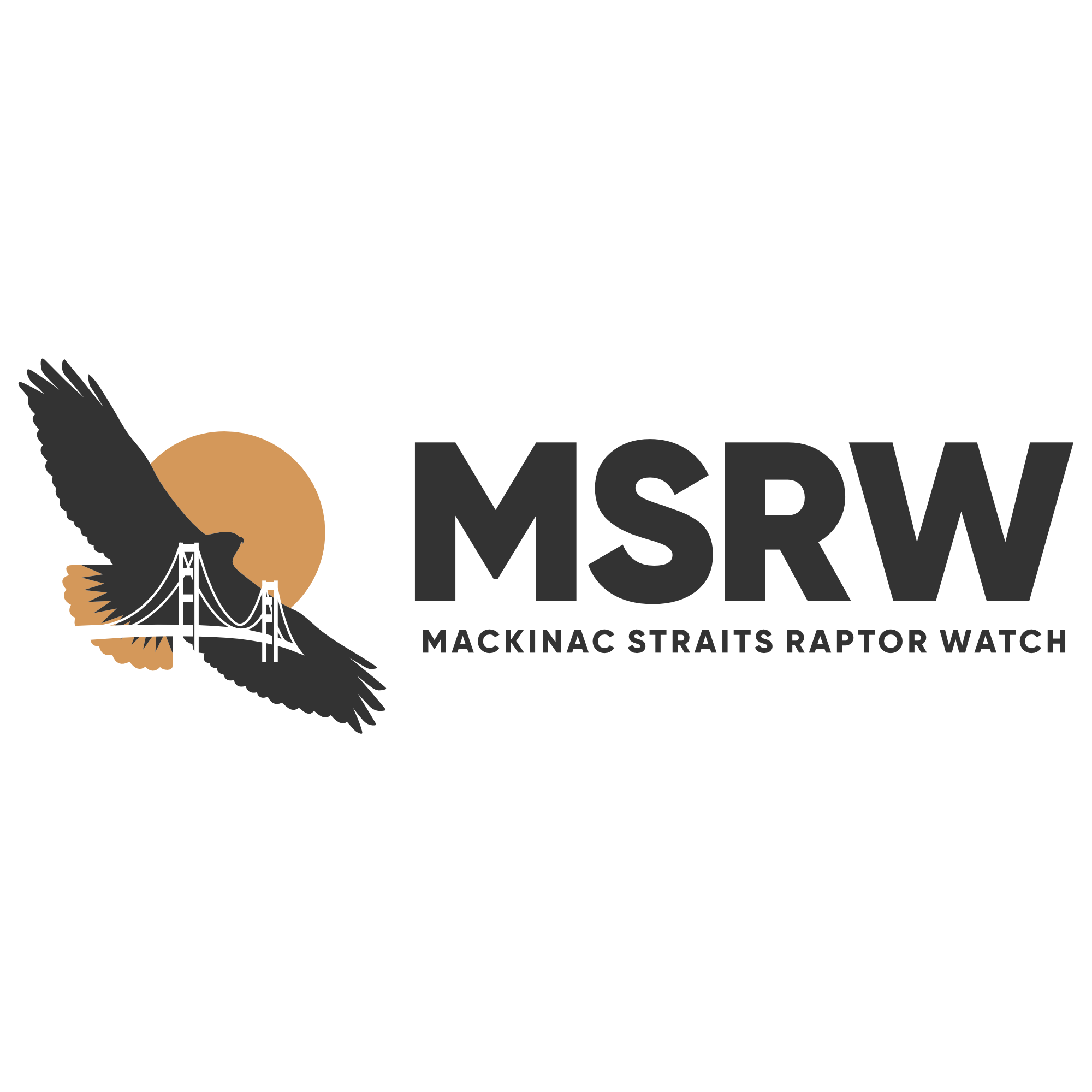Today I once again provided Aspen with a much deserved day off. It was rather interesting in terms of weather. It seems that at least three different fronts came through with each changing the wind direction slightly. The first change was the most exciting as it brought a small flurry of Common Loons flying in front of it. Of course, the sudden changes in the wind and wave activity that can take place on the great lakes is probably one of the reasons that you rarely see this:
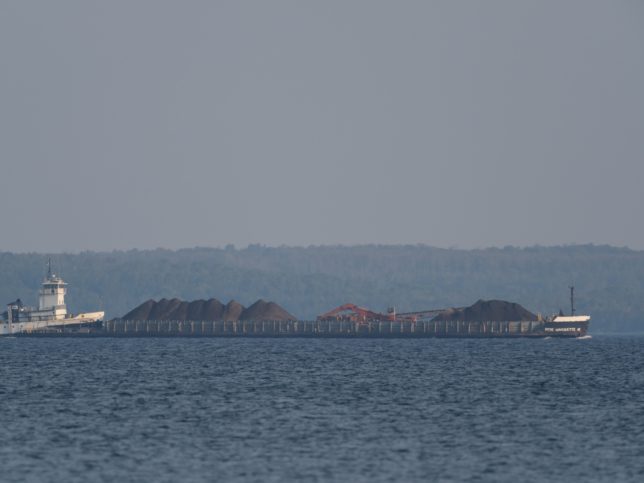
I can’t imagine that would be much fun if the seas really get big, but hopefully they were not going far…
Anyway, other than the major shifts in wind, today was unseasonably warm. This may explain why many of the birds flying by today had their bills open.
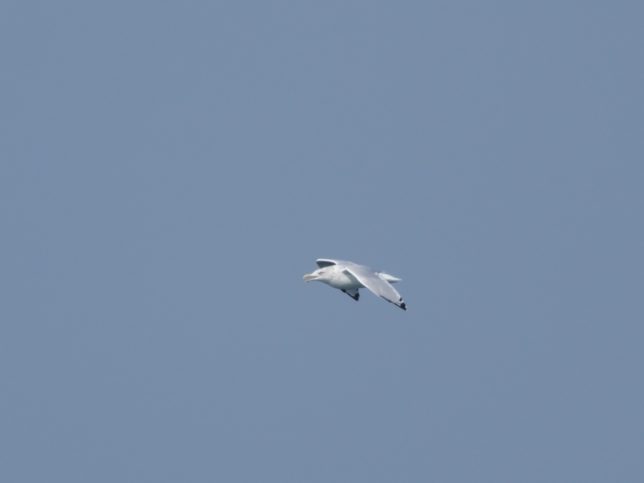
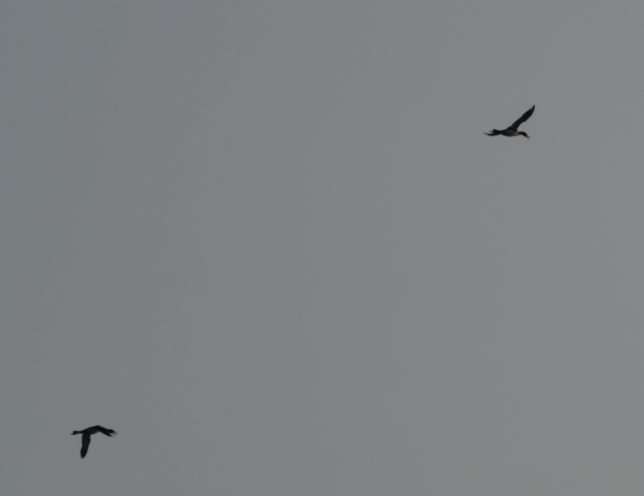
Birds often do this on warm days, so I assume it helps them thermoregulate.
Despite the frequent changes in the direction of the wind, it primarily had a strong southern component to it all day long, which meant that it was overall a pretty slow day at the count. Loons, all Common, and raptors moved through in decent numbers prior to the first shift in the wind. The most exciting bird of the day came through early when a distant but unmistakable jaeger flew south along the bridge. Unfortunately, it was far too distant to determine species with any certainty. Three species of falcon migrated south today also, including Merlin, American Kestrel, and Peregrine Falcon. Unfortunately, once the wind changed, the flight shut down entirely. This happened about halfway through the day, so the last four hours were pretty dull. Here are a few photos from the first few hours followed by the daily totals.
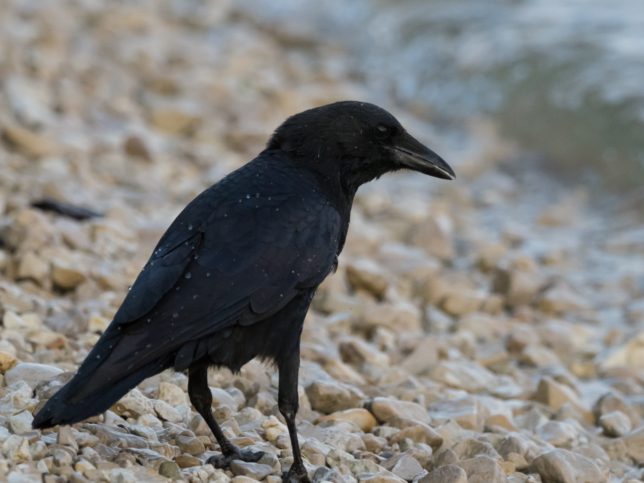
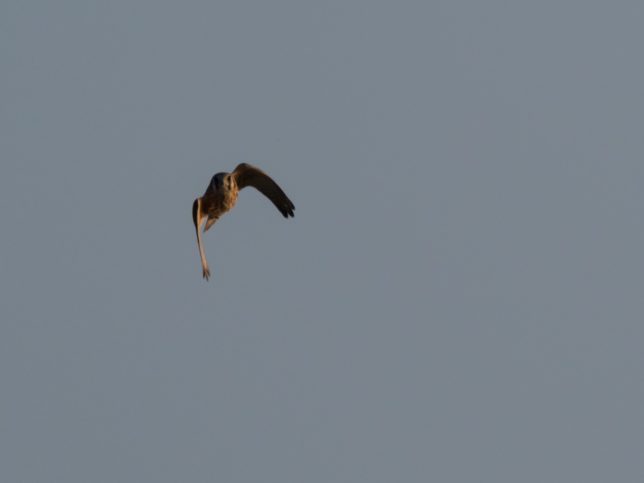
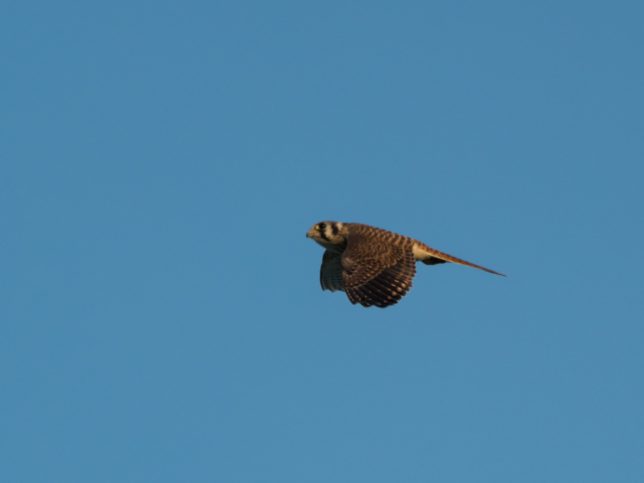
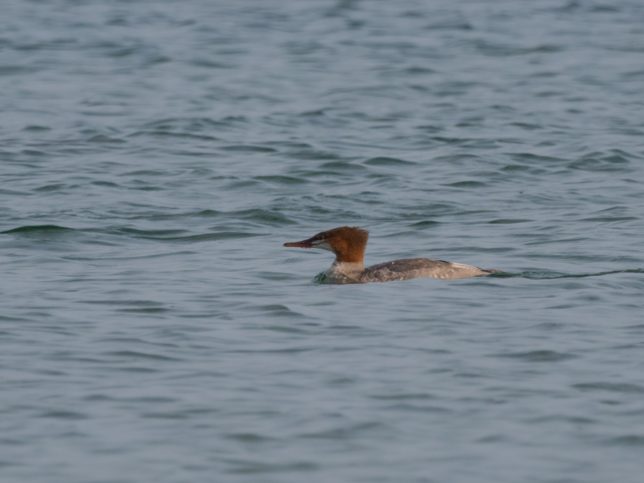
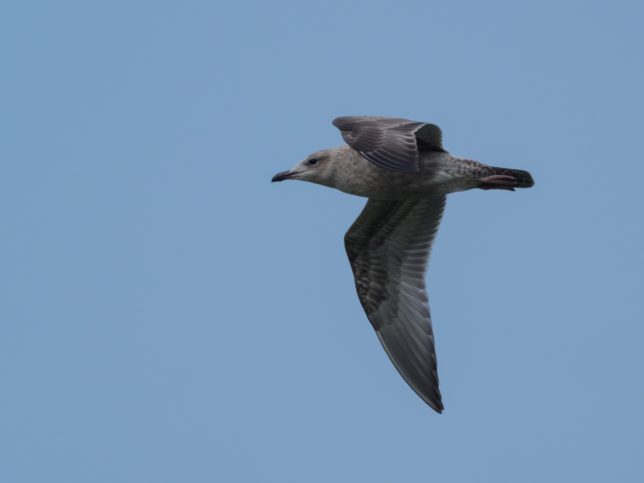
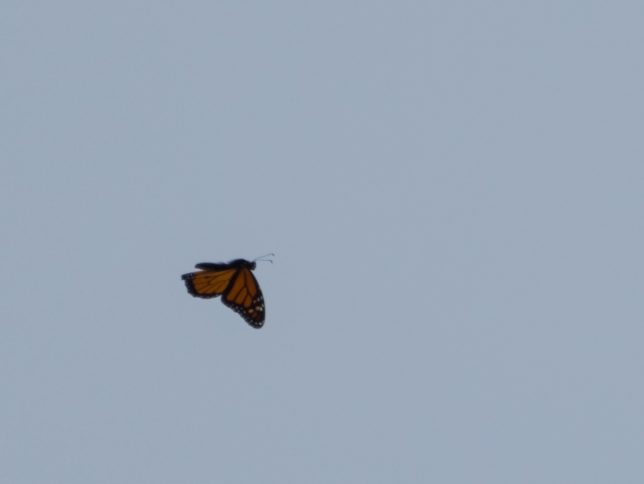
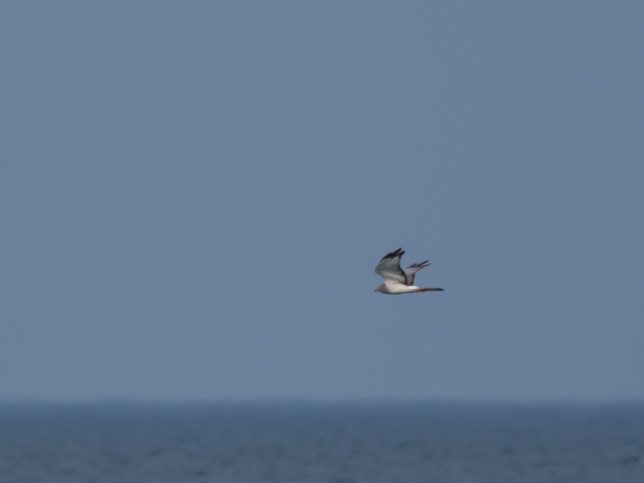
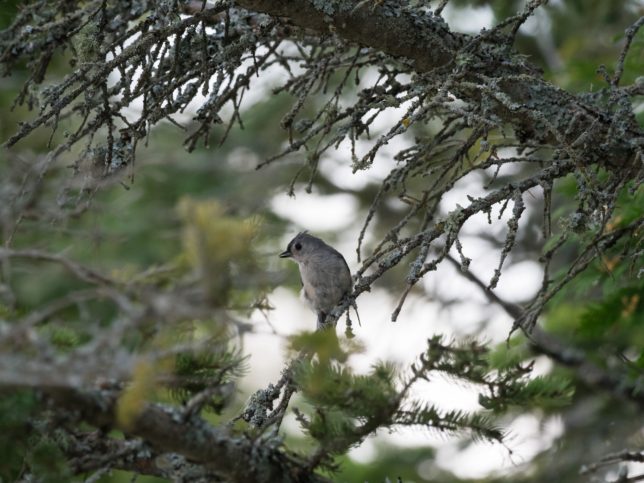
Canada Goose 108
Mallard 1
Long-tailed Duck 2
Common Goldeneye 1
Common Merganser 7
merganser sp. 5
Common Loon 22
loon sp. 1
Horned Grebe 3
Red-necked Grebe 4
Double-crested Cormorant 99
Osprey 3
Northern Harrier 1
Sharp-shinned Hawk 4
Bald Eagle 4
jaeger sp. 1
Ring-billed Gull 11
Herring Gull 19
gull sp. 8
Ruby-throated Hummingbird 1
Belted Kingfisher 1
Downy Woodpecker 1
American Kestrel 3
Merlin 1
Peregrine Falcon 1
Red-eyed Vireo 1
Blue Jay 33
American Crow 8
Black-capped Chickadee 8
Tufted Titmouse 3
Red-breasted Nuthatch 1
American Pipit 7
Monarch Butterfly 5

